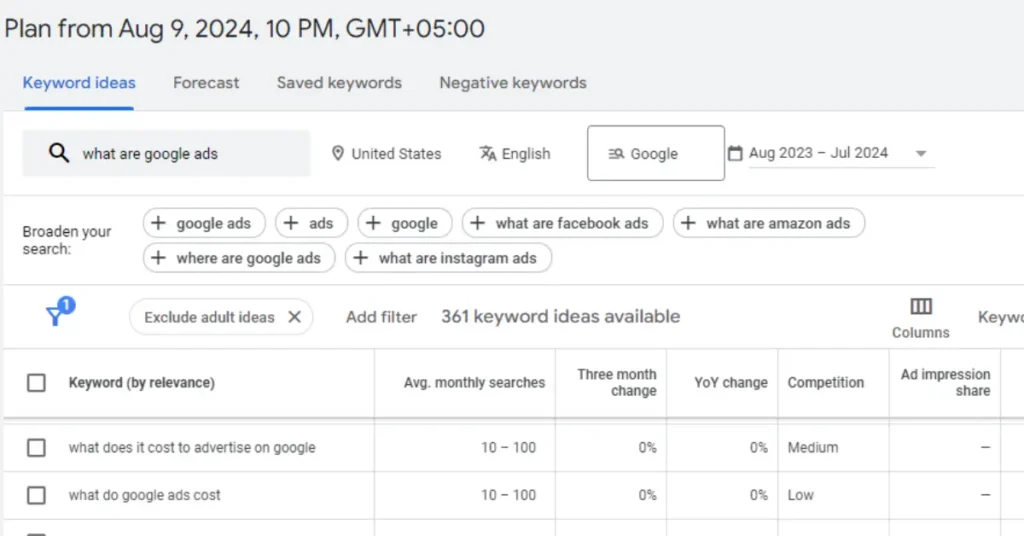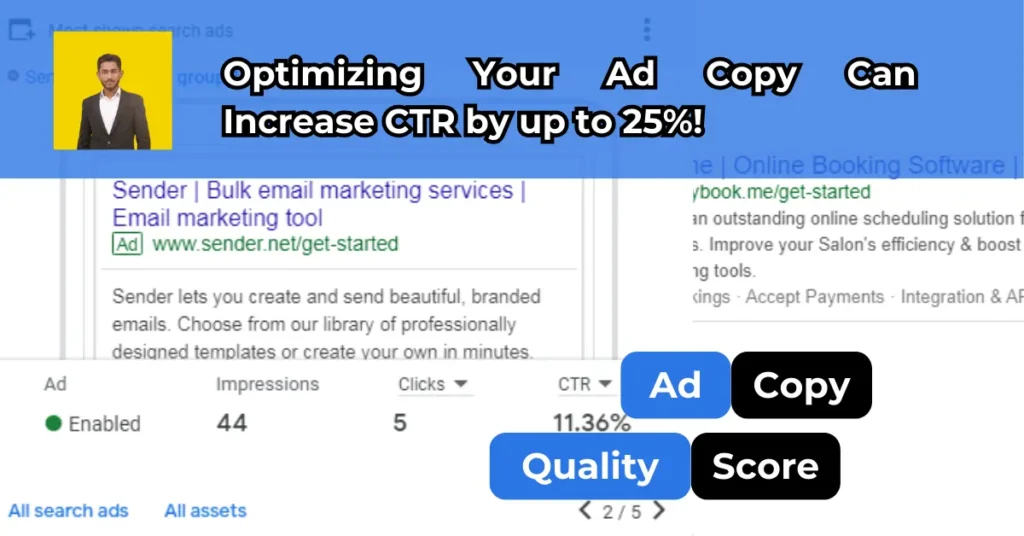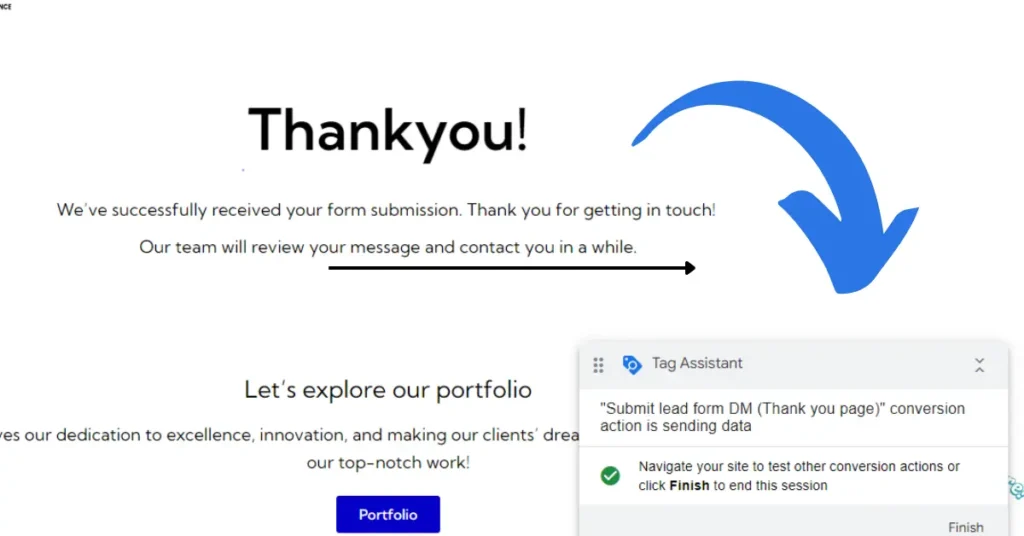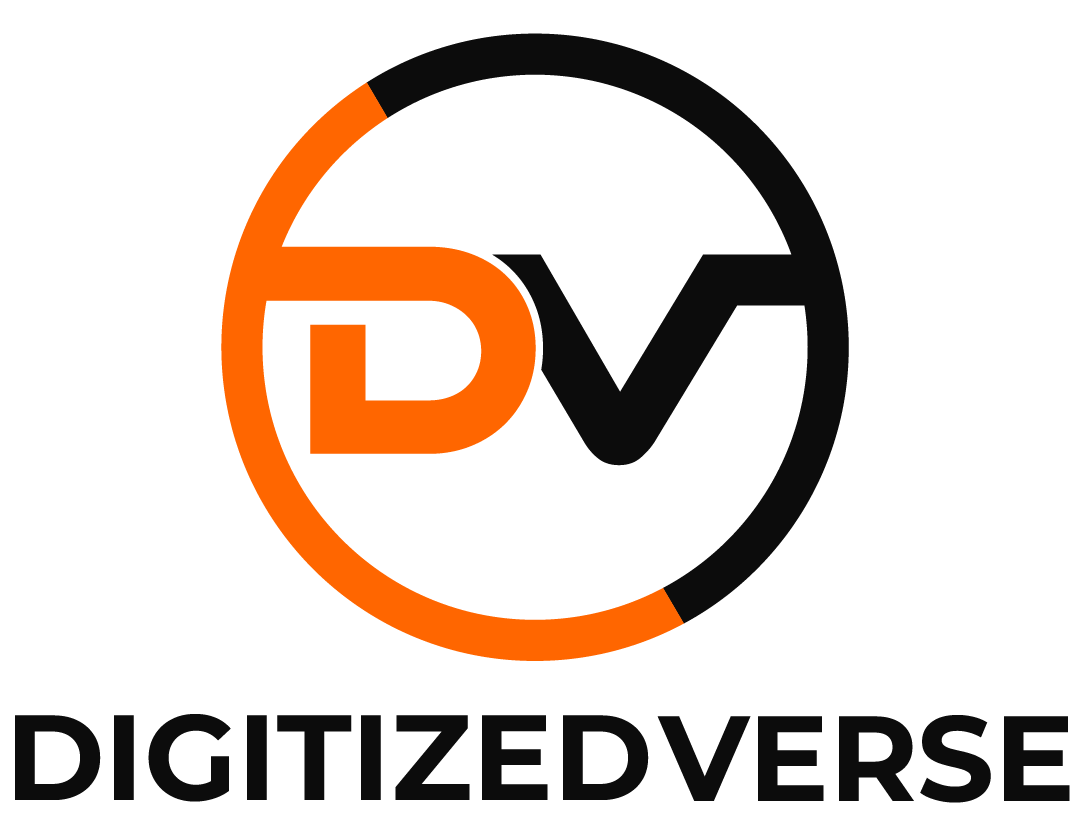In the fast-paced world of digital marketing, PPC advertising strategies stand out as powerful tools for driving targeted traffic and generating leads quickly. For businesses looking to maximize their return on investment (ROI), employing effective PPC advertising strategies is crucial. In this article, we’ll explore ten proven PPC advertising strategies that can significantly boost your ROI overnight. These strategies encompass keyword selection, ad copy optimization, bid management, and more, ensuring your campaigns deliver the best possible results.
1. Conduct Thorough Keyword Research
Keyword research is the cornerstone of any successful PPC campaign. Identifying the right keywords ensures your ads are shown to a relevant audience, increasing the chances of clicks and conversions.
Use Keyword Tools
Tools like Google Keyword Planner, SEMrush, and Ahrefs can help you discover high-volume, low-competition keywords. Focus on long-tail keywords as they tend to have lower costs per click (CPC) and higher conversion rates.
Analyze Competitors
Look at the keywords your competitors are targeting. Tools like SpyFu and iSpionage allow you to see which keywords are driving traffic to their sites. This can give you insights into potential keywords to target.

2. Craft Compelling Ad Copy
Your ad copy is what convinces users to click on your ad. Therefore, it needs to be engaging, clear, and persuasive.
Highlight Unique Selling Points (USPs)
Clearly state what makes your product or service unique. Whether it’s free shipping, a money-back guarantee, or a special discount, make sure it’s prominently featured in your ad copy.
Include Strong Call-to-Actions (CTAs)
Encourage users to take action with compelling CTAs such as “Buy Now,” “Sign Up Today,” or “Get a Free Quote.” A strong CTA can significantly improve your click-through rate (CTR).

3. Optimize Your Landing Pages
A well-optimized landing page is crucial for converting clicks into customers. Ensure your landing pages are relevant, user-friendly, and mobile-optimized.
Maintain Relevance
Your landing page content should match the ad that led users to it. Consistency between the ad and landing page helps keep users engaged and reduces bounce rates.
Simplify the Design
Avoid clutter and make it easy for users to find the information they need. Use clear headings, bullet points, and concise copy to convey your message effectively.
Enhance Mobile Experience
With more users accessing the internet via mobile devices, it’s vital that your landing pages are mobile-friendly. Use responsive design to ensure your pages look great on all devices.
4. Implement Ad Extensions
Ad extensions provide additional information and can increase the visibility and effectiveness of your ads.
Types of Ad Extensions
- Sitelink Extensions: Direct users to specific pages on your website.
- Call Extensions: Allow users to call your business directly from the ad.
- Location Extensions: Show your business address and a map.
- Price Extensions: Display your product or service prices.
Benefits of Ad Extensions
Ad extensions can improve your ad’s CTR and Quality Score, leading to lower CPCs and higher ad positions. They provide more opportunities for users to interact with your ad, increasing the likelihood of conversions.
5. Utilize Negative Keywords
Negative keywords prevent your ads from showing for irrelevant search queries, saving you money and improving your campaign’s overall performance.
Identify Negative Keywords
Analyze your search term reports to find irrelevant queries that triggered your ads. Add these as negative keywords to prevent future occurrences.
Regular Updates
Regularly update your negative keyword list to ensure your ads are only shown to the most relevant audience.
6. Set Up Conversion Tracking
Conversion tracking is essential for measuring the success of your PPC campaigns. It allows you to see which keywords, ads, and landing pages are driving conversions.
Use Google Analytics
Set up conversion tracking in Google Analytics to gain insights into user behavior and track key metrics like conversion rate, cost per conversion, and overall ROI.
Implement Pixel Tracking
For platforms like Facebook, implement pixel tracking to monitor user interactions and measure the effectiveness of your ads.

7. Leverage Remarketing
Remarketing targets users who have previously visited your site but did not convert. It’s a powerful way to re-engage potential customers and encourage them to complete their purchase.
Create Custom Audiences
Segment your audience based on their behavior, such as pages visited or actions taken on your site. Tailor your remarketing ads to address their specific needs and interests.
Use Dynamic Remarketing
Dynamic remarketing allows you to show personalized ads that feature products or services users viewed on your site. This can significantly increase your conversion rates.
8. Optimize Bidding Strategies
Effective bid management ensures you’re getting the most out of your ad spend. Adjust your bids based on performance data to maximize ROI.
Manual vs. Automated Bidding
- Manual Bidding: Allows you to set specific bids for individual keywords.
- Automated Bidding: Uses algorithms to adjust bids in real-time based on various factors like device, location, and time of day.
Bid Adjustments
Use bid adjustments to increase or decrease your bids for specific criteria, such as location, time, or device. This helps you allocate your budget more effectively.
9. A/B Test Your Ads
Regular A/B testing helps you determine what works best in your PPC campaigns. Test different elements of your ads to find the optimal combination.
Test Ad Copy
Try different headlines, descriptions, and CTAs to see which variations perform best. Small changes can lead to significant improvements in CTR and conversion rates.
Test Landing Pages
Experiment with different landing page designs, layouts, and content to find the most effective version. Use tools like Google Optimize for easy A/B testing.
10. Monitor and Adjust Campaigns
Continuous monitoring and adjustment are key to maintaining a successful PPC campaign. Regularly review your performance data and make necessary changes.
Analyze Performance Metrics
Track key metrics such as CTR, conversion rate, CPC, and Quality Score. Use this data to identify areas for improvement and adjust your campaigns accordingly.
Stay Updated with Trends
PPC advertising is constantly evolving. Stay updated with the latest trends and best practices to keep your campaigns fresh and effective.
Conclusion
Boosting your ROI with PPC advertising strategies is achievable with the right approach. By conducting thorough keyword research, crafting compelling ad copy, optimizing landing pages, and implementing advanced tactics like remarketing and A/B testing, you can see significant improvements in your campaign performance. Remember to continuously monitor and adjust your campaigns to stay ahead of the competition and ensure sustained success.
If you’re not getting the results you desire, consider seeking professional assistance. Contact DigitizedVerse for ROI-driven PPC advertising services. Our PPC expert can help you navigate the intricacies of PPC, ensuring your campaigns deliver the highest possible returns on investment.




